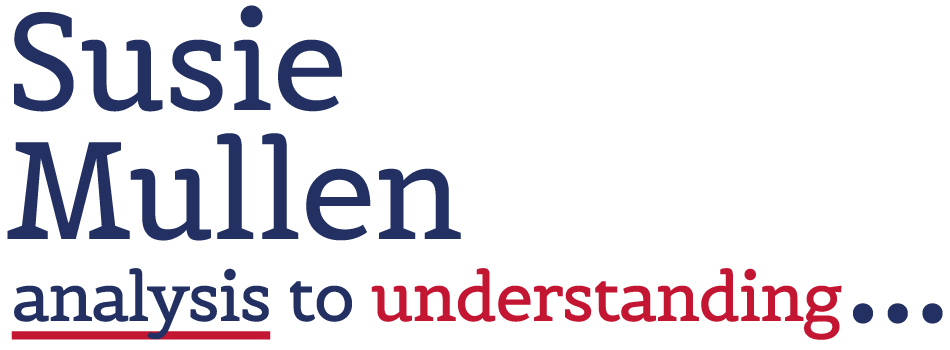I was chatting to a bunch of market researchers the other day about the ‘models’ we rely on to analyse and simplify findings. All of us had two or three things we went back to time and time again. I’m a big fan of anything that can be fitted in a two-by-two grid and an even bigger fan of the bubble chart.
The model I rely on most when analysing data is the one I think of as ‘Robin Bensley’s KPI tree’. I worked with Robin at ACNielsen back in the days when bubble charts were the pinnacle of sophistication and when I would have chosen Excel as my Desert Island Disc luxury. Way back then Robin Bensley was a pioneer. He understood the value of data and he was a master of excel (and all things technical).
Robin’s KPI tree is inordinately useful. It uses relatively simple mathematics to show the user what is driving a change in value. I’ve used this model for anything that involves measuring the value of sales or donations. It works as well for my local yoga studio as it does for Dairylea Dunkers and it’s as relevant to charity fundraising as it is to retail selling.
The basics
Before we start it’s essential to understand the very first principle which is this:
Value, whether from sales or donations, is a function of only two variables:
- The number of people who buy (or donate)
- The amount they buy (or donate)
Here’s an example: our neighbour’s daughter held a charity bake sale a few weeks back. She is renowned on our street WhatsApp group for her phenomenal fudge and, as soon as the fold up table was seen leaving her house an orderly, socially distanced, queue formed. She was out of stock after 20 people had each spent an average of £5. Doesn’t take a rocket scientist to work out she raised £100 (before costs) because the first principle is :
value = the number of people who buy x the amount they buy
A real life example
Have a look at the picture below, this is my adaptation of the Robin Bensley KPI tree. The data is based on a project I did with a charity a long time ago. Let’s imagine it was a few weeks ago and I’m comparing 2019 with 2020.
In this example the charity raised £5.7M in 2020 compared with £6.2M in 2019, an income drop of £509k.
Their donor numbers fell from 49,601 in 2019 to 47,027 in 2020 (a drop of 5%).
Their average donor value fell from £125 in 2019 to £121 in 202 (a drop of 3% or £3.97).

Then, a little bit of mathematics allows us to work out the contribution each variable has to the overall change in value. This is where we learn that the 5% drop in donor numbers made up 62% of the overall income decline. The decline in donor numbers cost the charity £317k whereas the decline in donor value made up 38% and cost £192k.
Final thoughts
I know there’s a whole lot more going on behind these numbers. I know that not every donor is the same, that some donor recruitment activities are better at finding higher value donors. I’m fully aware that the average donor value is dependent on how responsive each donor is and I am the first to admit that this model over-simplifies something that’s ultimately very complex BUT you have got to start at the beginning and this is the beginning.
So, before you leap forward to develop your business growth strategy, step back and understand which of these two components is working for you (or not). Decide which one to focus on and make that the cornerstone of your strategy.
Final, final thoughts and totally optional reading
I am constantly compiling my Desert Island Disc Songs (I mean, who isn’t?). If you’re interested, back in the days when bubble charts were the pinnacle of sophistication and Excel would have been my Desert Island Disc luxury, my eight tracks would probably have been:
- Train in the Distance, Paul Simon (still on the list and probably the one I’d save)
- Grrr, Garrison Keillor
- Dark Eyed Molly, Eva Cassidy
- Landslide, The Chicks
- Nightswimming, REM (still on the list)
- Stars of Track and Field, Belle and Sebastian
- Until Tomorrow (theme from the Littlest Hobo), Terry Bush (still on the list)
- I try, Macy Gray (although I’m only saying this because I’m too embarrassed to admit that it would probably have been Angels, Robbie Williams)
Judge away!









